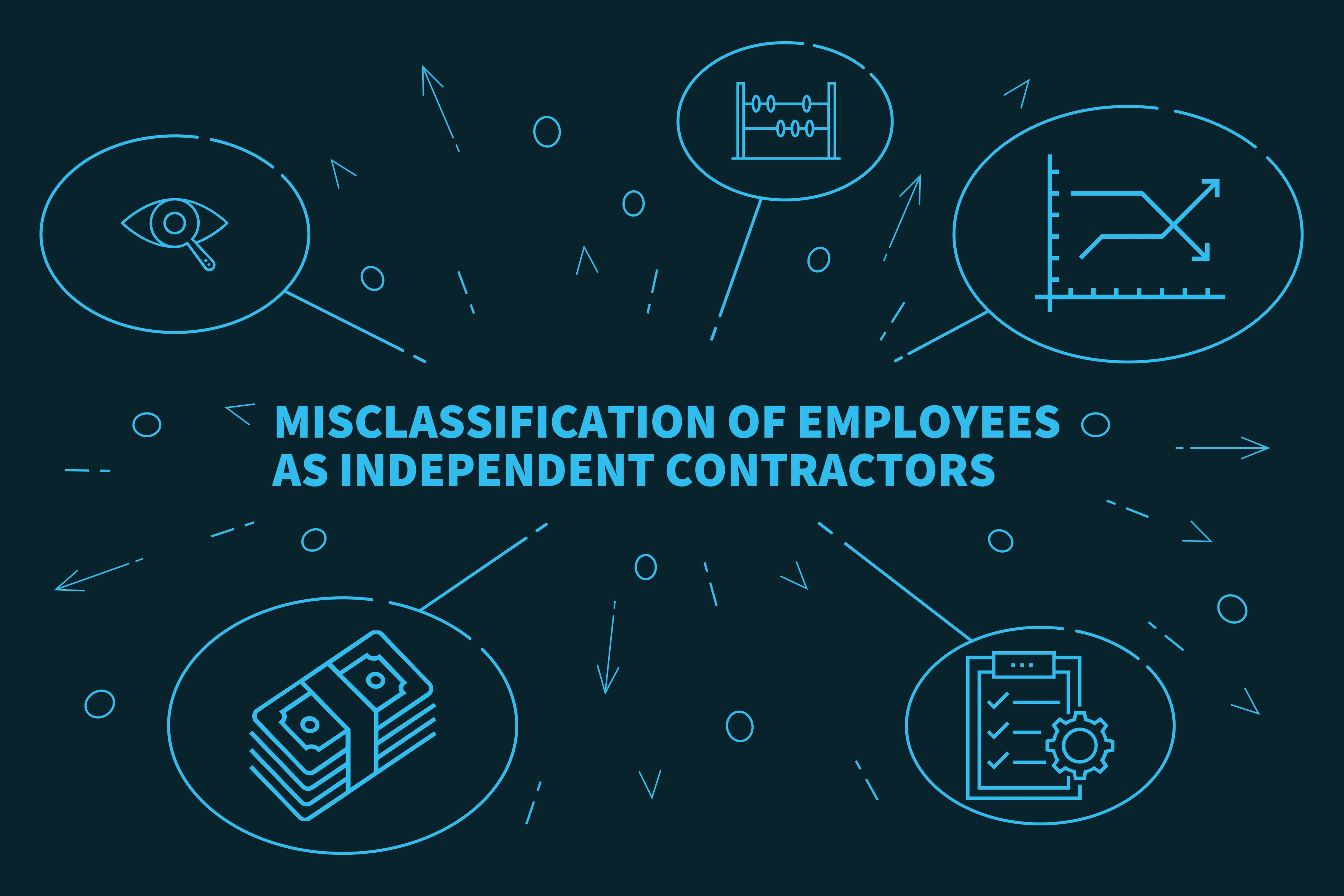W2 or 1099? Which one do you need to issue? What are the differences between an employee and an independent contractor? Is misclassification an issue?
One of the main reasons why companies misclassify workers is that there is no uniform definition of employee or independent contractor. Independent contractor status is NOT favored by the Internal Revenue Service (IRS), the Department of Labor (DOL), the states and many agencies within the states including those enforcing workers’ compensation benefits and unemployment.
W-2 Employee
When a person is paid on the form W-2, the employer automatically withholds and pays all of the necessary employee income taxes, Federal Income Tax and FICA (Social Security and Medicare). As a result, the employer will also pay all of the necessary employer taxes, FICA, FUTA (Federal Unemployment Tax) and SUI (State Unemployment Tax). These taxes need to be remitted and paid either quarterly or monthly to the IRS and the state.
1099-MISC Independent Contractors
When a person is paid on the form 1099-MISC, all money earned by the individual is paid on an untaxed basis. It is the responsibility of the individual to file and pay the appropriate taxes.
As you can see having 1099 independent contractors is an advantage, as they represent significant tax savings for the employer.
Asking the Right Questions
There are a number of questions that you should ask and document when making the determination if an individual is an employee or an independent contractor:
- How often does the person work for you? Do they work full time, part time, occasionally, for specific projects or tasks. There is a difference between an assistant that works for you one day a week and gets paid by the hour and an accountant that does your bookkeeping once a quarter.
- Who sets the person schedule?
- Do you instruct and supervises the worker? Do they make their own decisions?
- Who pays the cost related to their work? Do they bring their own tools? Or does the employer provide them?
- How are they paid? Hourly, weekly, pay is based on the project, are they on commission?
- Can they work somewhere else or are they only required to work with you? Do they perform the same services for a different employer?
- Do they have to wear uniforms that identifies them with your business?
Who has the Control
All of these questions have to do with control. Who controls what the worker does. Is it the worker or is it the company? How much control does the company have over the workers finances? Are they paid per hour or is it based on each individual project? If there is no work, does the worker still have to show up?
FEIN
If a worker has a Federal Employer Identification Number (FEIN) or tax ID, this does not mean he or she is automatically an independent contractor.
Tools Online
There are a number of tools on line, that walk you thru these questions and provide assistance in making the classifications. I found the one provided by Quickbooks, accurate and really easy to use. Click here for the 1099 W-2 Employee calculator.
Court Cases
Many employers are classifying workers incorrectly, employees are classified as independent contractors due to significant tax savings. However, misclassification cases present a major risk, here are some of them:
Harris v. Bowlin Group, LLC
Harris v. Bowlin Group, LLC, a federal court required the company to pay $1,075,000 in back wages and liquidated damages in 2013 for cable, telephone and internet installer workers that were misclassified as independent contractors. The Company failed to pay over time compensation at the rate of time-and-a-half. The mistake was that the Company was using both employees and independent contractors for the installation, but not documenting how the determination was made for the different classifications. Companies are allowed to use both employees and independent contractors to produce an end-result that it’s the same, but the determination needs to be documented.
Leevson v. Aqualife USA
Leevson v. Aqualife USA, Inc, November 2017 a company that sells and services water filtration systems, the court required the company to pay over a quarter of a million dollars to two employees. Both workers were bound by the decisions of management, they worked set hours each day, got paid hourly and had to clock in and out, according to the court’s decision.
Razak v. Uber Technology
The latest is Razak v. Uber Technology, in April 2018 a court ruled that drivers for Uber were independent contractors since they have full control of their hours and can work when they want to, where they want to and are free to tend to personal matters in between rides.
Concluding Thoughts
Take a look at what you are currently doing. Review your employees and/or independent contractor and document how you arrived at their classification.
Please check out some of the services that we provide for small businesses and for truck drivers. Leave us your questions in the comment section below, or give us a call to discuss your particular situation.
Accounting Freedom Solutions LLC, (941) 284-5763
The information contained in this blog is only general information. Before making any decision or taking any action that may affect your business, you should consult a qualified professional advisor about your specific situation.



